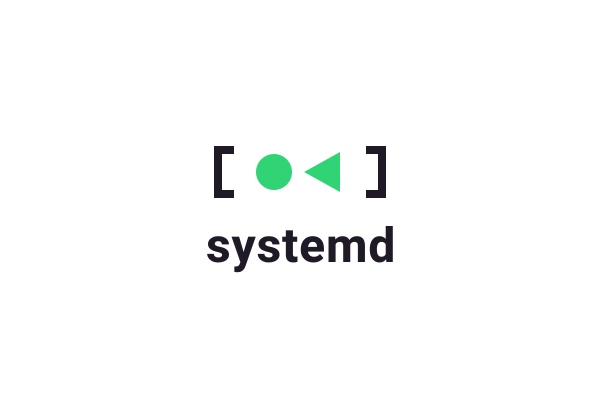Today, we released our systemd journal plugin for Netdata, allowing you to explore, view, search, filter and analyze systemd journal logs.
Like most things about Netdata, this is a zero-configuration plugin. You don’t have to do anything apart from installing Netdata on your systems.This is key design direction for Netdata, since we want Netdata to be able to help even if you install it mid-crisis, while you have an incident at hand.
Netdata will automatically detect persistent (on disk) and volatile (on tmpfs) journals, system journals, user journals, journal namespaces and remote journals. The Netdata UI offers the ability to select any of these journal categories or work on all of them, as if they were one. When you work on all of them together, logs are multiplexed from all log streams, in the same view.
Netdata will also work on the journal logs of individual servers, but also on infrastructure-wide log centralization servers based on systemd journal. Below we give you configuration instructions on how to build such servers in your infrastructure.
There is a plethora of additional features, like full text search on all journal fields, filtering based on any key and value, coloring of the logs similarly to journalctl, tailing the journals for new log entries (emulating journalctl -f, we call this PLAY mode), identifying all system boots that happened in the visible timeframe, and many more.
Comparing Netdata with journalctl
From a user perspective, the Netdata UI is like an explorer of the logs available in the journal files, while journalctl is more like a query tool.
So, by using Netdata you don’t need to know beforehand what you are looking for. Netdata will help you find it. In the journalctl case, you need to have prior knowledge of the exact fields you are interested in querying, which can be hard given the vast amount of fields available.
Netdata will also automatically calculate the frequency fields and their values appear within a given timeframe. It will use this, to present a histogram of log fields and values over time, giving a complete view of how log entries evolved. This is a feature that is usually found in log management systems, but is missing from systemd journal. So, Netdata calculates this on the fly, while you are working with the journal logs.
Also, Netdata builds more complex queries behind the scenes. Queries that the journalctl command line does not support building.
From a performance standpoint, Netdata is about 25-30 times faster than journalctl on multi-journal queries (most of them are, since multiple files are created for each stream of logs), over longer time-frames.
During the development of this plugin, we submitted to systemd a number of patches to improve journalctl performance by a factor of 14 (this, this and this). However, even after these patches are merged, journalctl will still be 2x slower than Netdata on multi-journal queries. The reason lies in the way libsystemd handles such queries. To overcome this problem, Netdata queries each file individually and then it merges the results.

